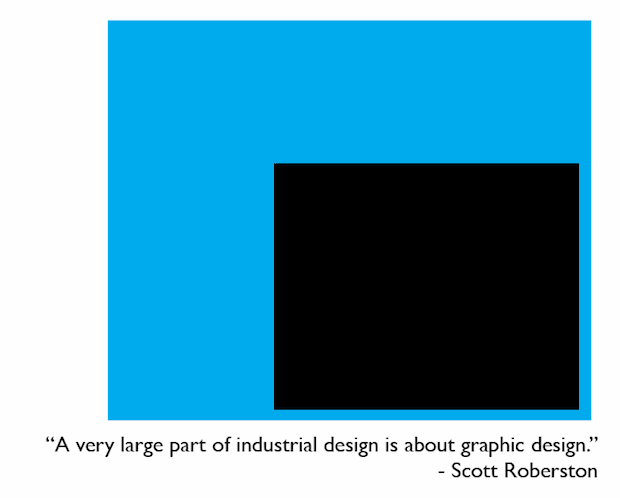Several months after I stopped writing in August 2011, I noticed my creative and thinking abilities had lessened (I label this collective “design”). While I was still thinking of new ideas and concepts, I found they lacked the time (and “environment”) to develop.
Now that I’ve restarted this process, I am slowly regaining a sense of “flow” that I have been able to periodically achieve over the past several years. It’s this sense of flow that ultimately drives new ideas and initiatives, both of which help pave the way for new opportunities.
The basis for building a solid design foundation is to continuously create. In my opinion, writing, drawing, programming, building and reading are activities that positively contribute to this “foundation” and are a method of creation in their own right.
While creation is key, it’s important to heed frog founder Hartmut Esslingen’s warning:
The way of design is only achievable via creative model-making and prototyping by the designer. Tools, both real and virtual, connect our mind with the real world. However, tools also define how we shape things: tools’ limitations enhance our deep involvement with them and the materials, and honing our skills ultimately leads to mastership. The curse of “easy” digital tools is to become complacent after relative early “successes.” This can lead to mediocrity and a loss of creative excellence. Like the new “polystyrene slates” of many new electronic products, where excellence is defined by how well the corners are shaped (a re-run of 1950‘s boxy design), our modern-day digital design software is the cause for zillions of repetitive and bland products. Charlie Chaplin’s classic film of mechanized dehumanization, Modern Times, is a déjà vu of our current state.
While his opinion is perhaps based in the industrial design arena (frog helped develop Apple’s foundation design language), his comments clearly apply to design disciplines outside of ID.
This is one tension of many that I will need to factor into my development strategy, and will be further explored in future posts.




